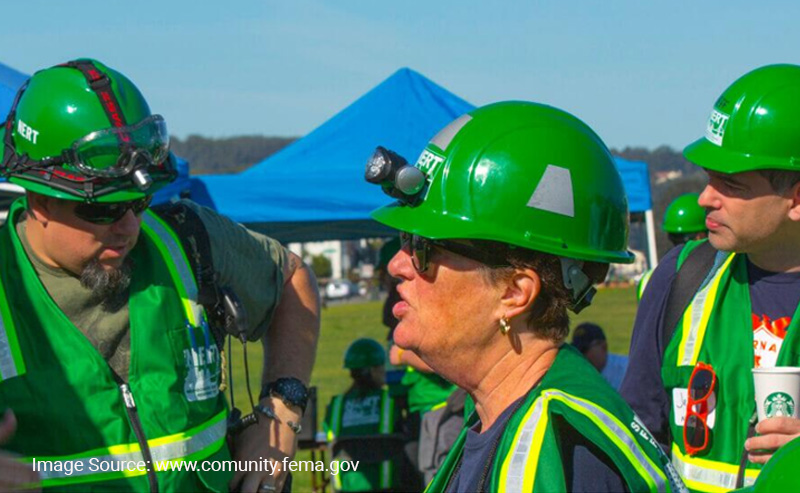When it comes to disaster preparedness and response, today’s government emergency managers know they can (and should) use all the help they can get. Often this help comes directly from volunteers who participate in their jurisdiction’s Community Emergency Response Team or CERT. As members of CERT, these individuals have received training in basic disaster response skills and can provide invaluable support until professional responders are available. Such assistance can ultimately free professional responders to focus their efforts on the more complex, essential, or critical tasks at hand.
CERTs commonly help local emergency management with team organization, disaster medical operations, fire safety, and light search and rescue in times of crisis. But members can also assist with non-emergency projects that improve the safety of the community at large. CERTS, for example, have been used to distribute and/or install smoke alarms, replace smoke alarm batteries in the homes of elderly or disabled residents, distribute disaster education materials, and provide various services at special events such as parades and concerts.
The CERT concept, according to FEMA and its Ready.gov campaign, was developed and implemented by the Los Angeles Fire Department in 1985. The need to train civilians to help with disaster response was further realized after the 5.9-magnitude Whittier Narrows earthquake in California in 1987. It damaged roughly 10,000 structures, displaced about 9,000 people, and sadly, claimed the lives of eight people.
CERT became a national program in 1993 and is today present in all 50 states, including many tribal nations and U.S. territories. In fact, FEMA currently estimates that there are over 2,700 local CERT programs across the country and that more than 600,000 people have participated in this all-important training. Naturals for the training include workplace employees, school staff, members of community-based organizations, and others who routinely come together for a common purpose.
In its weekly bulletin (June 15, 2021), FEMA encouraged readers to get involved in their local CERT program. You, as an emergency management professional, have the opportunity to do the same. If you have not done so already, consider making information about CERT available on your agency/department website and/or recruiting CERT members to share their knowledge and experiences with others during meetings or activities. Such simple steps can go a long way toward improving your community’s response capability during major disasters as well as keeping local residents safe on a daily basis.






